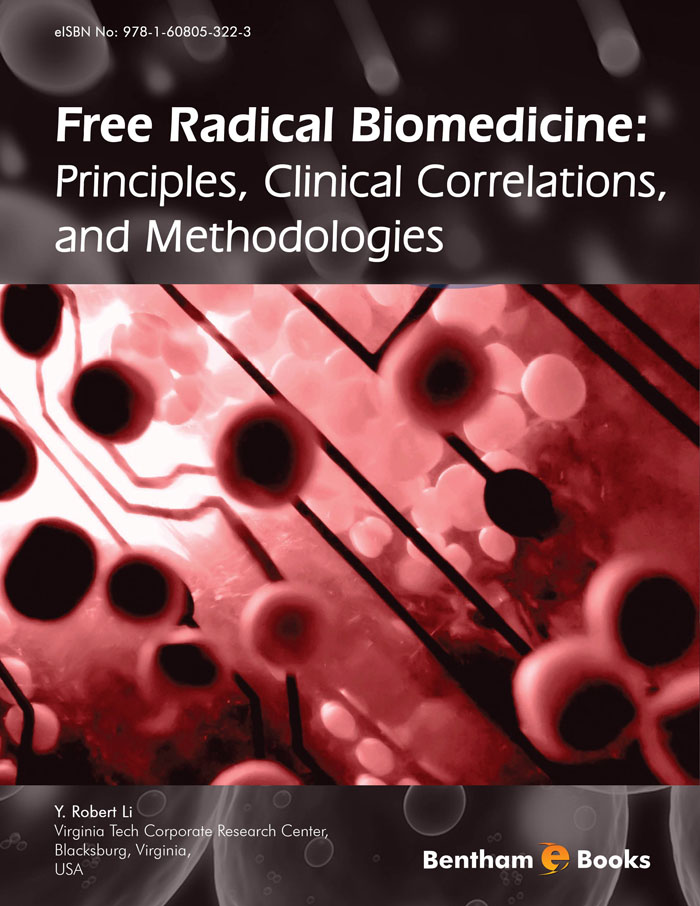Preface
The last two to three decades have witnessed the remarkable advances in our knowledge about free radicals and related reactive species,
especially reactive oxygen and nitrogen species (ROS/RNS) in biomedicine. It has been increasingly recognized that ROS/RNS play an
important role in the pathophysiology of diverse diseases, including cardiovascular diseases, diabetes and metabolic syndrome, neurological
disorders, and cancer among many others. In agreement with this notion, substantial studies have demonstrated the effectiveness of various
antioxidant-based modalities in disease intervention. New knowledge in free radical biomedicine will certainly further increase our ability
to develop more effective mechanistically-based strategies to combat human diseases that involve a free radical-mediated pathophysiological component.
This book integrates knowledge in free radical biomedicine from essentials to advances, and from basic research to clinical correlations.
It also covers basic and advanced methodologies in free radical research. It is hoped that the book will provide the reader a unique approach
to understanding the rapidly evolving field of free radical biomedicine.
This book would not have been possible without the assistance of my son Jason Z. Li who drew all the chemical structures for the whole book,
and my wife H. Zhu, MD for her critical review of the entire book manuscript. I am grateful to those (over 100 scientists worldwide) who provided
me reprints of their publications and/or expertly reviewed part of the book manuscript. I am thankful for the time and effort made by the
editorial personnel, especially Ms. Sarah Khan at Bentham Science Publishers, and the constructive suggestions resulting from the outside
peer-review of the entire book manuscript sponsored by Bentham Science Publishers.
Y. Robert Li, MD, MPH, PhD
Virginia Tech Corporate
Research Center
Blacksburg
Virginia
USA
yli@vcom.vt.edu

